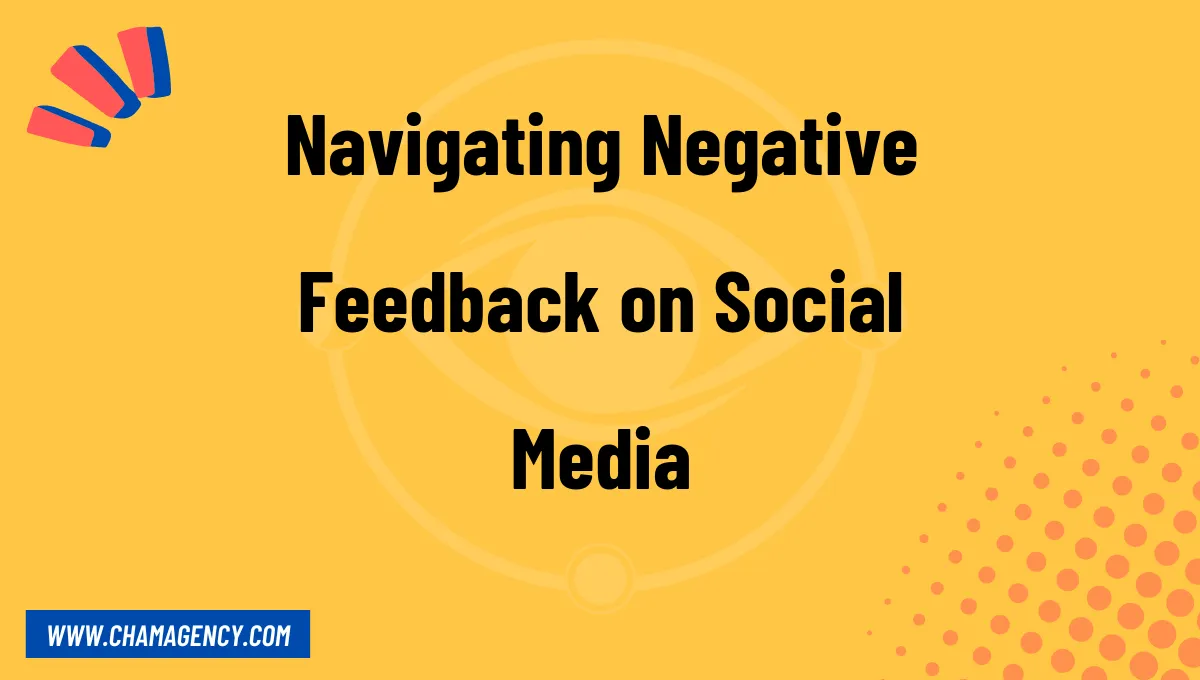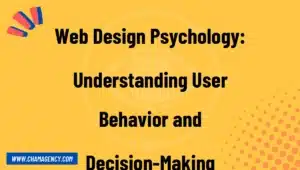Social media has become an integral part of our lives, providing a platform for communication, interaction, and networking. However, with the rise of social media, comes the inevitable risk of encountering negative feedback from users. In this article, we will discuss effective strategies for navigating negative feedback on social media.
1. Listen and Analyze
The first step in dealing with negative feedback on social media is to actively listen and analyze the feedback. Pay attention to the concerns raised by users and try to understand their perspective. Analyze the feedback to determine patterns or recurring issues. This will enable you to identify areas of improvement and address the concerns effectively.
It’s important to note that not all negative feedback is valid or constructive. Some users may simply express their dissatisfaction without providing any substantial feedback. In such cases, it is crucial to identify feedback that is actionable and has the potential to drive positive change.
2. Respond Promptly and Professionally
Once you have understood the feedback and analyzed its validity, it is essential to respond promptly and professionally. Acknowledge the user’s concerns and provide a sincere apology if warranted. Address the specific points raised in the feedback and offer solutions or explanations where appropriate.
Remember, your response represents your brand or business, and it will be visible to other users. Therefore, it is crucial to maintain a professional tone and avoid getting defensive or engaging in arguments. Responding promptly and professionally demonstrates your commitment to customer satisfaction and builds trust with your audience.
3. Take the Conversation Offline
In some cases, negative feedback may require further discussion or resolution that is not suitable for public forums. When faced with complex or sensitive issues, it is advisable to take the conversation offline. Offer the user an alternative channel to communicate privately, such as email or direct messaging. This allows for a more personalized and focused approach to address their concerns.
Taking the conversation offline also provides an opportunity to gather more detailed information about the issue and find a satisfactory resolution. It shows your willingness to resolve the problem and highlights your commitment to customer satisfaction.
4. Use Feedback to Improve
Negative feedback, though challenging, can be invaluable for improving your products, services, or overall customer experience. Embrace feedback as an opportunity to learn and grow. Use the insights gained from negative feedback to identify areas of improvement and implement necessary changes.
Regularly analyze the feedback received on social media to identify recurring themes. This can help you identify potential areas for innovation or optimization. By addressing the concerns raised by users, you not only enhance your offerings but also demonstrate your dedication to meeting customer needs.
Conclusion
Negative feedback on social media is an inevitable aspect of engaging with an online audience. By actively listening, responding promptly and professionally, taking conversations offline when necessary, and using feedback to improve, you can effectively navigate negative feedback and turn it into an opportunity for growth.









